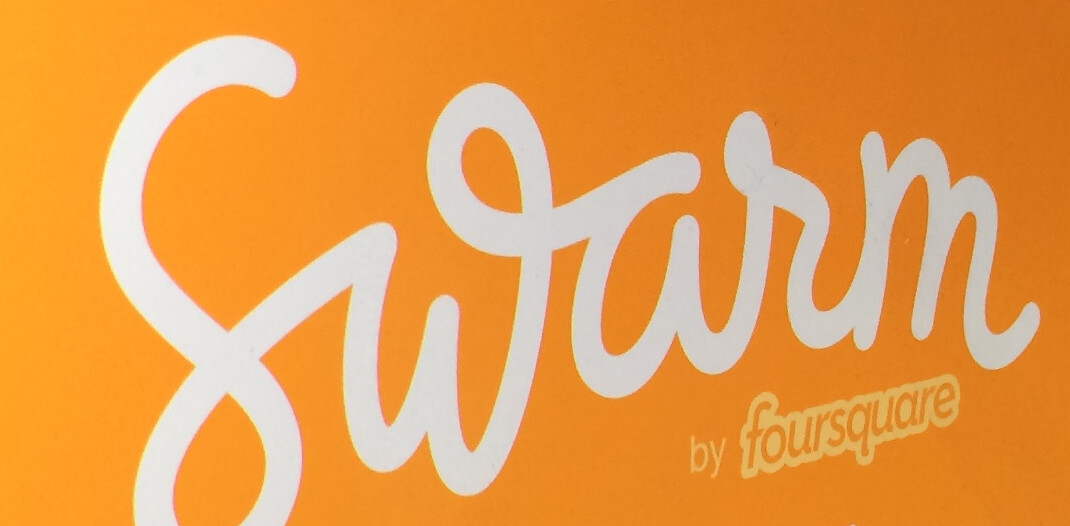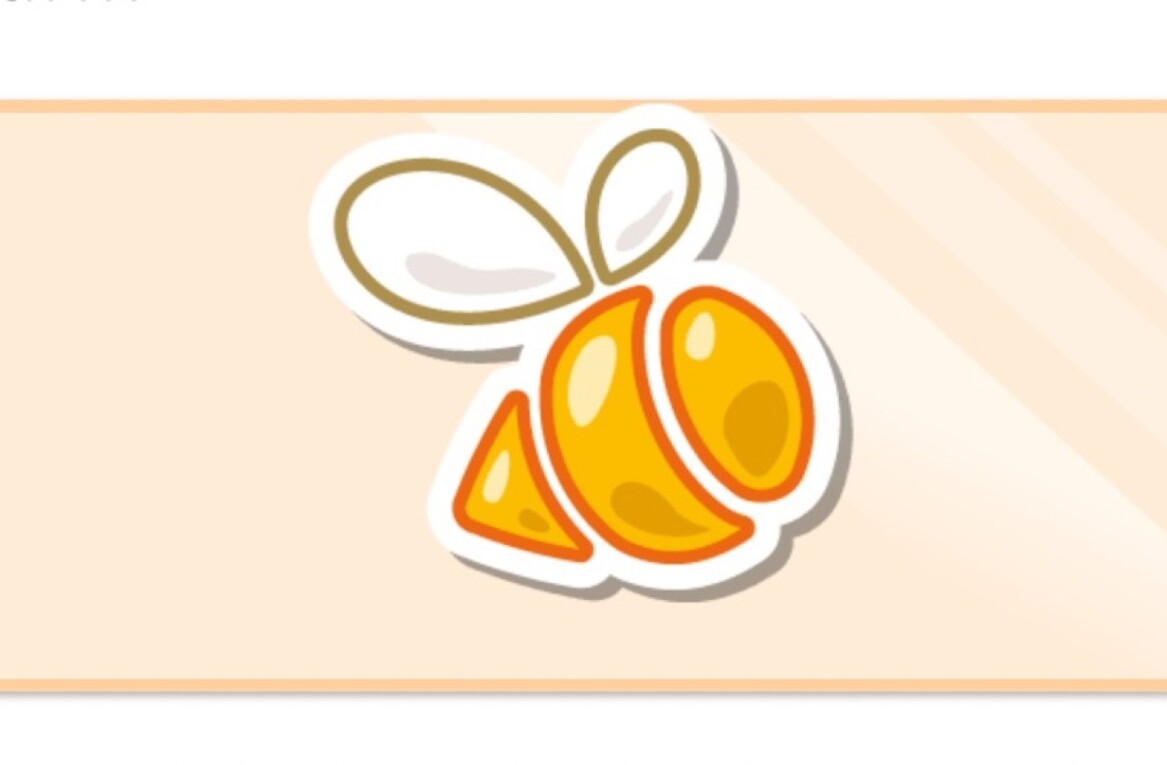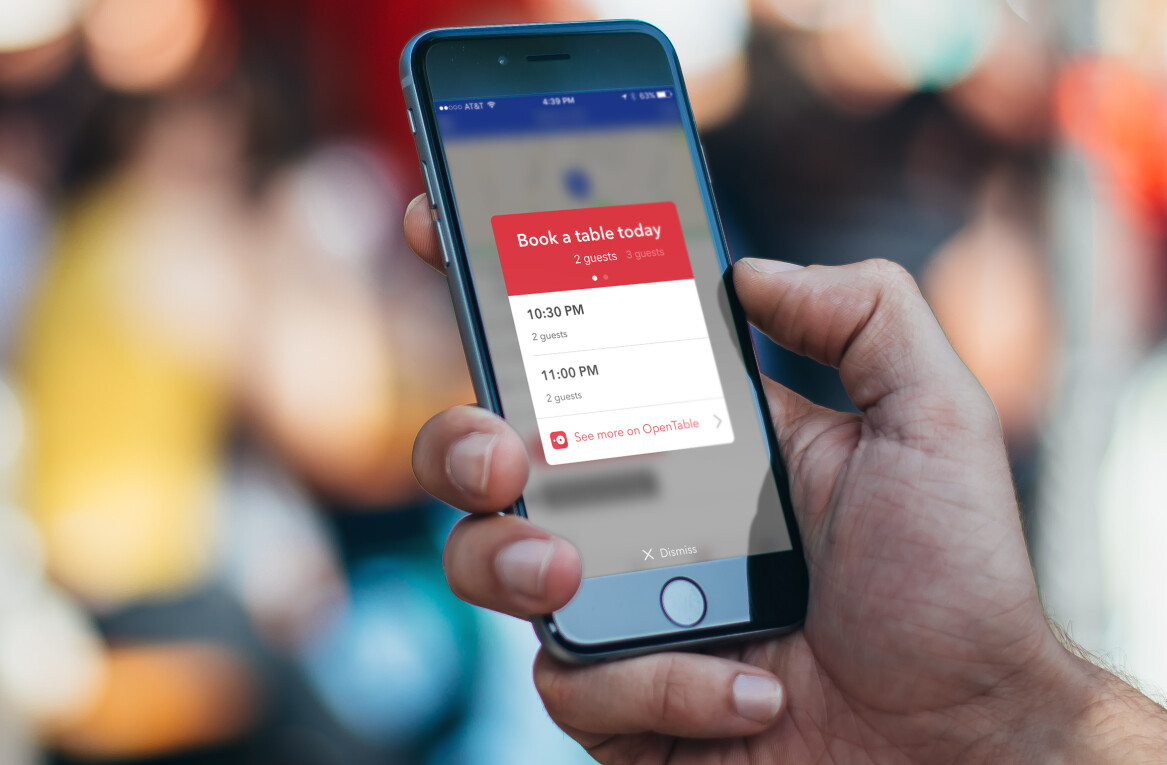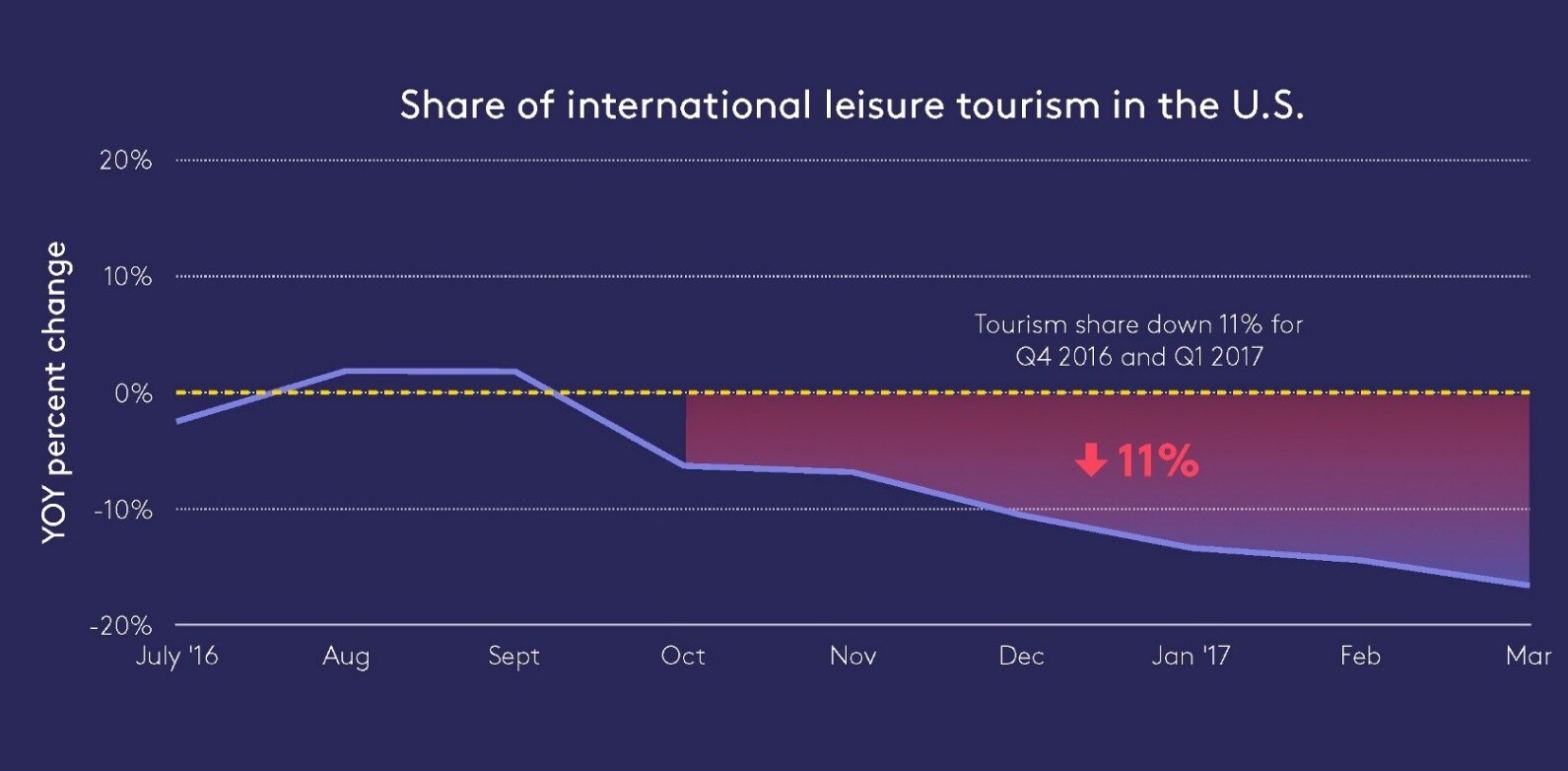
Foursquare is one of the most emblematic technology companies of our generation with over 10 million users, a $600 million valuation and 3,400% growth in the past year. It’s hyper-local, social, realtime and selectively public. It’s a massive data aggregator for the places we go and the people we see. But it’s not just a social app on your smartphone.
Foursquare is a powerful platform for brands, merchants and brick and mortar stores to connect with their customers in the digital age. By offering strategic brand-customized specials, badges, insights and tips, businesses can attract, reward and engage customers — and get customer data—all for free.
Forbes Journalist Carmine Gallo likens Foursquare founders Dennis Crowley and Naveen Selvadurai to a young Steve Jobs and Steve Wozniak in his new book titled The Power of Foursquare, which shows businesses how Foursquare works, why it works and how to make it work. His book, which is out today and available on Amazon lays out “the 7 Keys to Unlocking Foursquare’s Business Potential” and includes exclusive interviews with merchants, marketers, experts, users, and even Crowley and Selvadurai. With inspiring stories from such brands as Chili’s, Jimmy Choo, The Red Cross and even NASA, the book shows how diverse players now benefit from foursquare strategies.
We caught up with Gallo, the bestselling author of The Presentation Secrets of Steve Jobs and Innovation Secrets of Steve Jobs here for an interview.
CBM: What first turned you on to writing about Foursquare?
 Carmine Gallo (CG): It’s so much more than a social media story. I’m not interested in writing a guide on how to download and use a new smartphone app. But when I started talking to small business owners and major brands around the world who are using mobile social media tools including Foursquare to engage their customers in ways that were never possible, I was impressed by their activities. Foursquare is a tool that illuminates, informs and inspires. It invites us to have deeper, more meaningful conversations with our customers. To me, that’s a great story.
Carmine Gallo (CG): It’s so much more than a social media story. I’m not interested in writing a guide on how to download and use a new smartphone app. But when I started talking to small business owners and major brands around the world who are using mobile social media tools including Foursquare to engage their customers in ways that were never possible, I was impressed by their activities. Foursquare is a tool that illuminates, informs and inspires. It invites us to have deeper, more meaningful conversations with our customers. To me, that’s a great story.
CBM: What inspired you to write this book?
CG: The stories of individuals who have reinvented their businesses thanks to new tools like Foursquare that open up an entirely new category of consumer interaction. Early in the research I spoke to a restaurant owner in Milwaukee whose restaurant was on very shaky ground. He locked himself in the office for six months and committed himself to learning social media. He started with Facebook, Twitter and then added Foursquare as a mobile layer. In 18 months, he earned more buzz in the community than his main competitor had achieved over a decade. He’s now looking to expand nationwide. He’s aggressively using Foursquare and creating an innovative and unique experience for his customers. These are the stories that inspire me and I have at least fifty such stories in the book.
CBM: How would you describe (Foursquare founders) Dens and Naveen?
CG: One word — Passion. Dennis Crowley reminded me that he’s been working on this project for ten years and, over that time, he had to hear a lot of naysayers who told him that it either wouldn’t work or that people would not be interested in checking in and sharing those check-ins with friends. Dennis and Naveen Selvadurai were passionate about building a tool they would like to use themselves. They remind me of a young Steve Jobs and Steve Wozniak. The Apple co-founders were passionate about building tools that they would want to use themselves. I see the same passion, energy and enthusiasm in my conversations with Dennis and Naveen.
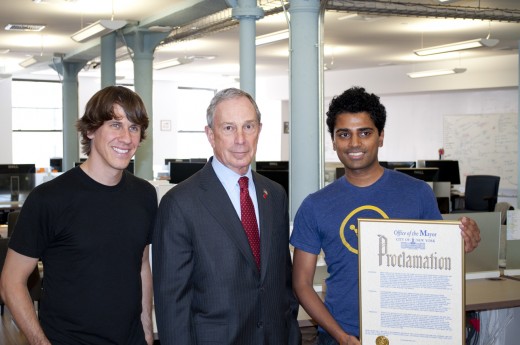
CBM: Could you tell us a bit about the company’s culture?
CG: It reminds me of early Apple. Steve Jobs once said that what made the Macintosh great was that the people working on it were historians, poets, and artists who also happened to know computer science. Like Apple, Foursquare believes in hiring and surrounding themselves by people who have a diverse set of experiences and backgrounds. I’ve met everyone from Stanford MBA’s to quirky, charming designers. It’s full of excitement and dreams. They are also humbled by Foursquare’s success.
CBM: Can you talk a little bit about Foursquare’s business strategy- customer first, brands second. And how that worked for them?
CG: Foursquare has evolved thanks to its customers who continue to provide feedback. It’s a tool built on community input. Foursquare started as a simple tool to help a group of friends connect with each other in New York City. But the vision — to unlock your city—offered a much grander opportunity. Connecting local merchants with customers had little to do with the original vision. It happened organically and today Foursquare has more than 500,000 merchants on the platform.
CBM: What kinds of businesses do really well on Foursquare’s platforms vs. businesses that do not?
CG: When I first started the research I had the same attitude as many others — it’s good for restaurants and pubs but who else? Boy, did I get an education. One of my favorite examples in the book is The Corcoran Group, the largest residential real estate firm in the U.S. Corcoran’s Director of Product & Marketing, Matthew Shadbolt, which really opened my eyes. He and his team leave tips on Foursquare throughout the city — hundreds and hundreds of tips in every neighborhood. Shadbolt says that Corcoran is in the location business and Foursquare is the ultimate location tool. He believes it’s a powerful marketing opportunity. NASA is using Foursquare to educate people about NASA’s history, mission and benefit to society. The tourism bureau for the state of Pennsylvania is using Foursquare to create more interesting experiences for its visitors. The list goes on. Nearly every business or service should be engaging with the mobile consumer and foursquare is an easy, fun and creative way to do it.
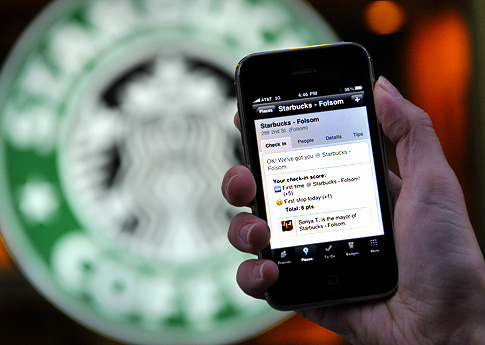
CBM: Which brand do you think has the best presence on Foursquare?
CG: I like the brands that are aggressively leveraging Foursquare’s specials to stand out from the competition. I especially like to see brands that are applying the specials consistently to all of their locations. My favorite examples include Chili’s, RadioShack, Starwood Hotels, and Sports Authority. If you check in to any of their locations, you will find a variety of creative and compelling specials. Chili’s offers an interesting example. Chili’s started with a simple special — check in and get free chips and salsa (Chili’s charges about $3 for chips and salsa). It doesn’t sound like much but Chili’s began to see an increase in check-ins every week. You see, people who checked in share their check-ins with their friends on Twitter and Facebook. Chili’s makes money on the deal because, as one Chili’s representative told me, nobody goes to Chili’s just for chips and salsa. The chain now has several different types of specials including a “swarm” special: check in with three of your friends and get a free appetizer for the entire table. That’s creative.
CBM: What are some of the very best Specials you learned about in your research?
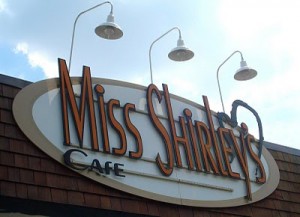 CG: Discovering fun and creative specials—and taking advantage of them– is the best part of this research! Bryant Park Grill in New York City has a creative special. Since the restaurant is built in a park with a lot of birds, a patron can unlock the special by taking a picture of a bird with their phone and showing the photo to the bartender. In return they get a free drink! That’s clever and different. The best specials go far beyond pushing the same old tired coupons to people on their mobile devices. Miss Shirley’s in Baltimore is famous for its country-inspired entrees and its very long lines, especially on weekends where the wait can be as long as an hour or more. Miss Shirley’s special — the “mayor” gets to cut to the front of the line. As you can imagine, it has sparked an intense competition for the title.
CG: Discovering fun and creative specials—and taking advantage of them– is the best part of this research! Bryant Park Grill in New York City has a creative special. Since the restaurant is built in a park with a lot of birds, a patron can unlock the special by taking a picture of a bird with their phone and showing the photo to the bartender. In return they get a free drink! That’s clever and different. The best specials go far beyond pushing the same old tired coupons to people on their mobile devices. Miss Shirley’s in Baltimore is famous for its country-inspired entrees and its very long lines, especially on weekends where the wait can be as long as an hour or more. Miss Shirley’s special — the “mayor” gets to cut to the front of the line. As you can imagine, it has sparked an intense competition for the title.
As a reminder to those who are unfamiliar with Foursquare, the mayor is the person who has checked in the most times over a thirty day period. Successful brands offer special rewards for the mayor. I met the owner of a Miami real estate firm with a real flair for rewards. When she has a property listed she will stoke a competition among agents. For whoever is the mayor on a particular—but announced—day of the month, the owner will bump up the agent’s commission on the sale of that particular property. She says in Miami it could mean a commission bump of up to $10,000 or even $20,000 for some high-end luxury real estate. These are just a small sample of specials from the book but I’m finding more every day.
CBM: What are 5 distilled tips you can give to merchants using the Foursquare platform?
CG:
- Train employees. If a customer unlocks a special only to discover that the employees have no clue about the program or Foursquare, you’ve left a bad impression and potentially lost a customer. This happens far more often than you might think. Make sure your employees know about your mobile marketing initiatives.
- Be creative. Change up your specials based on day of the week, season, or perhaps an event nearby. I talked to one pizza shop owner who offered an exclusive special for Foursquare users if they came dressed in the colors of the local football team on game days.
- Get involved. Don’t just outsource your social media efforts to an outside firm or delegate the task to one person in your company. Actively engage your customers on Twitter, Facebook and Foursquare and make those conversations a daily habit.
- Reward everyone. Foursquare makes it easy to offer multiple tiers of specials. Take advantage of it. Reserve an extra special reward for the mayor but don’t forget about first-time check ins (newbies) and returning customers (loyalty specials).
- Have fun. People use smartphones for engagement — to text, take photos and videos, play games, etc. Avoid using Foursquare to push the same coupons you would place in a local newspaper. Offering $1 off a smoothie won’t intrigue anyone. Foursquare is, by nature, fun. People use it to earn points, badges and to compete for title of mayor. Play along!
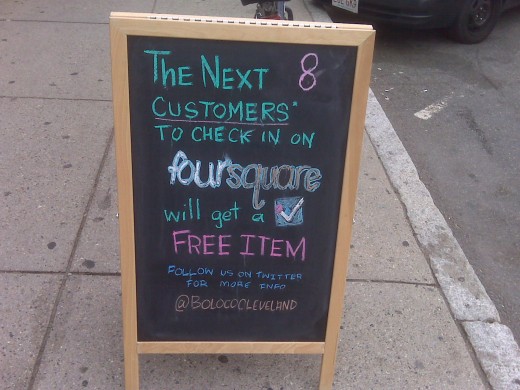
CBM: What’s your favorite aspect of Foursquare?
CG: The data. Every time you check-in Foursquare gets smarter. If you’re in or near an establishment where a friend has left a tip, that tip will automatically be pushed to your phone when you check in. By using the “explore” feature, you can find recommending places (restaurants, shopping, etc) based on several criteria including your own check-in history, your friends’ checkins, and the check-in history of the broader Foursquare community. I travel around the world and in every city Foursquare has unlocked an entirely new experience for me. It’s fascinating and fun.
CBM: Where are you holding down mayorships?
CG: I’ve established a “brand” page which is slightly different from an individual user. One difference—by being a brand I can’t be the mayor of an establishment. My wife, however, has become a fanatic and she gets really upset if someone ousts her as mayor of her favorite coffee shop, gym, a wine store, a bank, and even our church!
You can follow Carmine Gallo on Foursquare here and buy his book on Amazon here.
Get the TNW newsletter
Get the most important tech news in your inbox each week.
